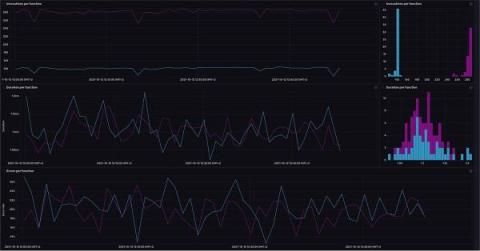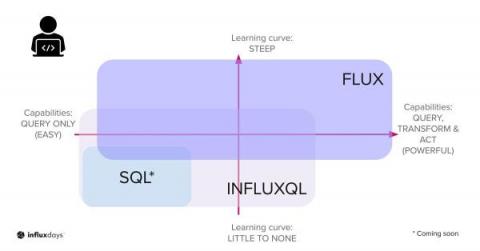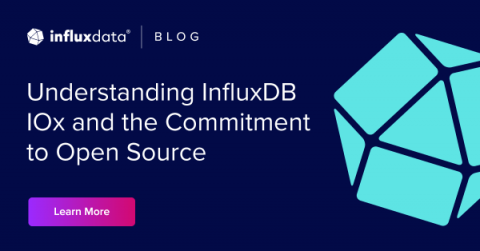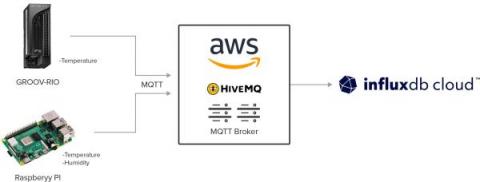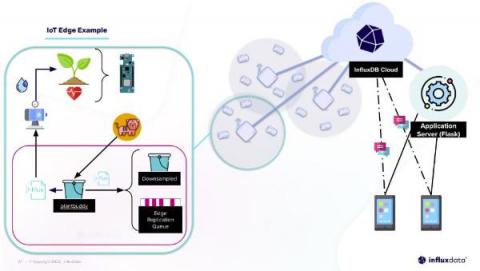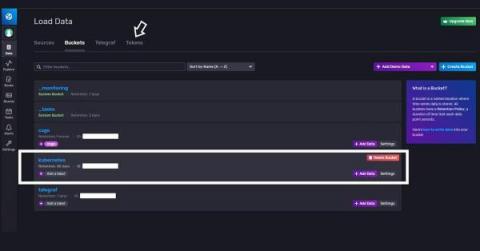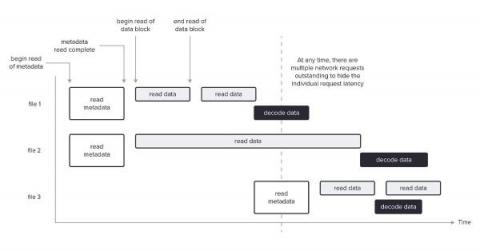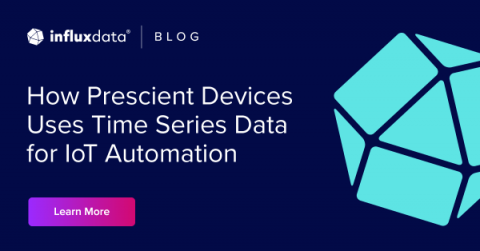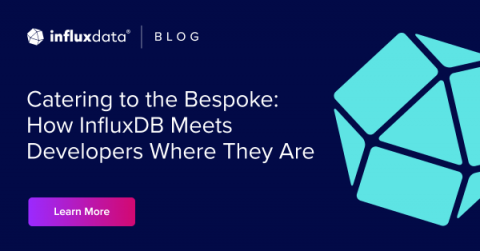Modernizing IIoT Operations with InfluxDB
Continuing in our series of InfluxDays recaps, we turn our attention to Brian Gilmore’s presentation on Industrial IoT. This is an area that uses time series data extensively and has a lot of room to expand the way it uses this data. Here’s a quick breakdown of where things stand today.



